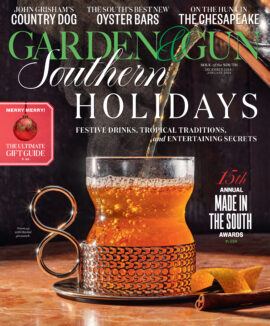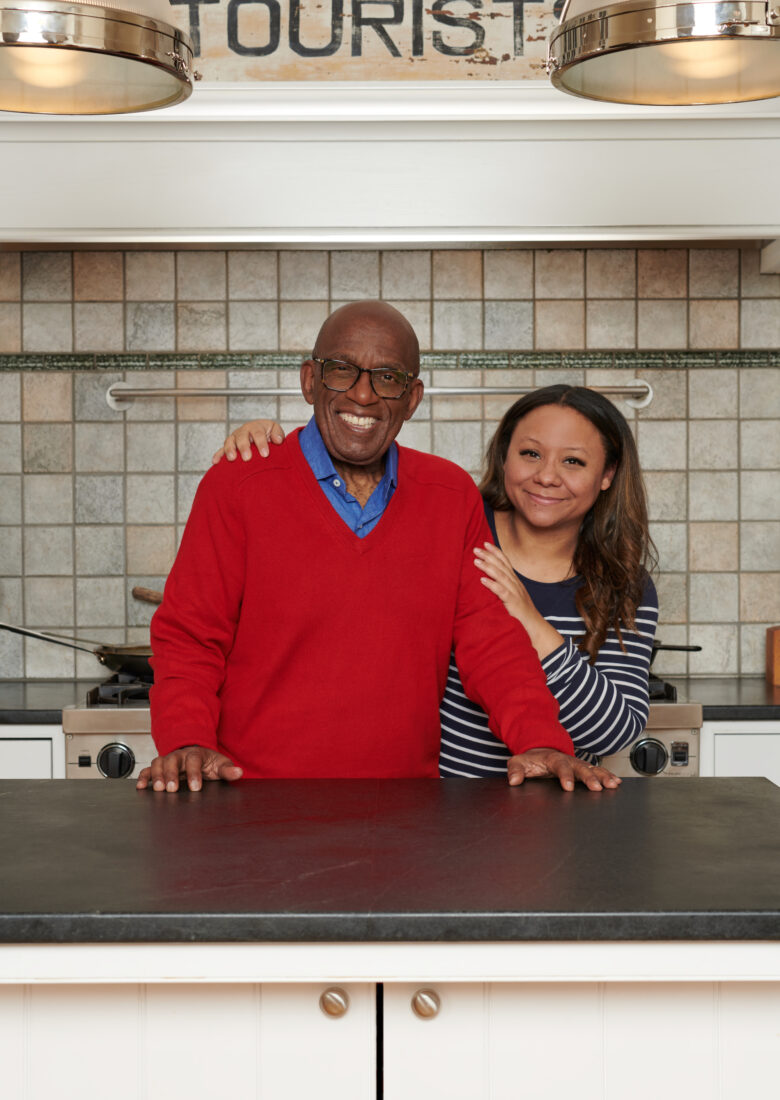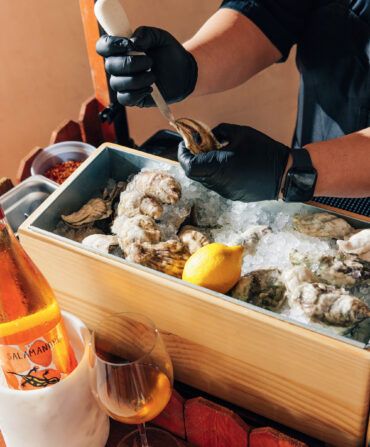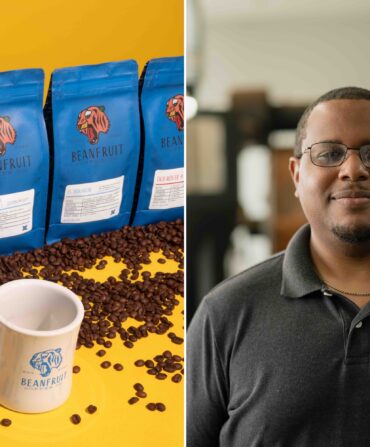It’s hard to pin down Al Roker. Sure, you’ll find him on the Today show most mornings sharing the weather or interviewing celebrities in Rockefeller Plaza, but his job keeps him on the road, commentating on the Olympics, narrating the Macy’s Thanksgiving or the Rose Parade, and recently, visiting Western North Carolina to provide aid after Hurricane Helene.

His favorite place to be, though, is at home in his kitchen, experimenting with new recipes and revisiting old ones that bring his far-flung family together at the table. “I’ve recently gotten really into smashburgers,” he admits. “And my kids love them.” For Roker, food is an avenue for understanding people’s stories; he’s hosted countless culinary television specials, produced an online cooking series with his son during the pandemic, and even judged the food category for G&G’s 2022 Made in the South Awards. And with his new cookbook, Al Roker’s Recipes to Live By, out October 15, it’s the lens through which he shares his own narrative.
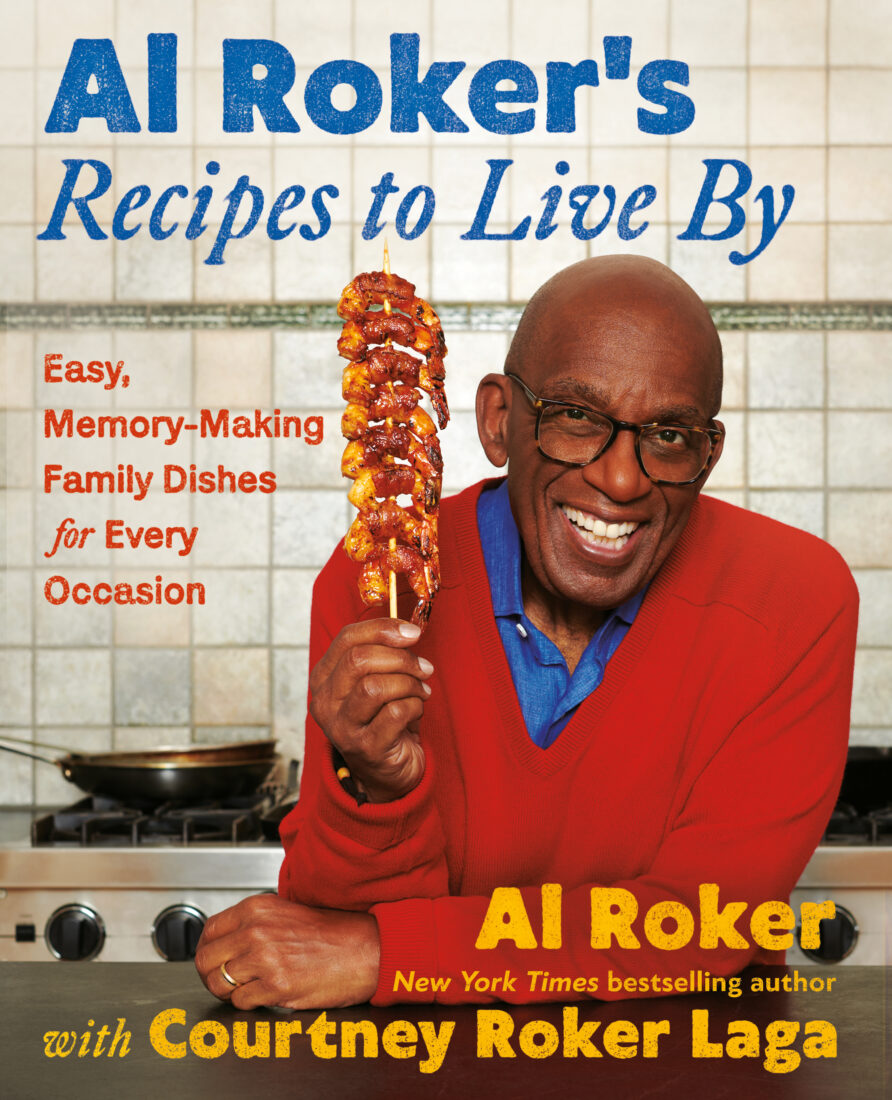
Created with his daughter, chef Courtney Roker Laga, the book lets readers in on recipes for and anecdotes behind his favorite weeknight meals, go-to side dishes, comfort breakfasts, and more. Roker also shared three recipes from the book with G&G—a family-favorite potato salad, nostalgic spicy cracker jacks, and a mouthwatering bourbon apple pie milkshake—and chatted with us about the power of food and family.
Family is the through line in your book, which you wrote with your daughter. What was it like working with Courtney on this project?
I had health issues about two years ago, and that’s when Courtney came to me and said, Let’s really do this. I think she was kind of giving me a reason to get better. That’s also when she told me she was pregnant. So in this last couple of years, she birthed a book and a baby.
Courtney is a professional chef. When your kid is good at what they do and you see they’re enjoying it, that’s a great feeling. She did the recipe stuff and I did the headnotes. We stayed in our lanes, and it worked out pretty well. But she’s always loved cooking. When she was six or seven, we lived in Westchester [New York] and we planted these edible flowers. She would go and pick the flowers and decorate the plates with them. It never dawned on me that she would go into the food industry, but it’s kind of this full circle thing.
How did you track down all the recipes you included in the book?
Courtney was the one to figure out all the recipes. She talked to me, my siblings, Deborah [Roberts, Roker’s wife and an ABC news anchor], some of Deborah’s family, different friends. She basically became this recipe detective, because a lot of these family recipes weren’t written down. Like my mother’s pineapple upside down; I loved that recipe. So Courtney would ask me about foods that my mom—the kids called her Nana—would make, and I would describe them, and then she would work on them and test them. And I would taste them and say, Okay, that’s not quite right. And she would make changes and try again until it was right. She really did a terrific job.
Your wife, Deborah Roberts, is from Georgia, and a lot of the recipes in the book—like her family’s potato salad—are based on Southern traditions. How does Southern food play a role in your house?
I think Southern food is really American food. That’s the thing about American cuisine: There are so many different cultures that we’ve taken from and made our own. When you look at Southern cuisine, most of it is derived from Black people. Like rice and peas—or peas and rice as we used to call it in my house—fried chicken, potato salad. It all came from us. My father’s family is from the Bahamas, and part of my mother’s family was from Jamaica. All of that funnels into the South. You don’t necessarily need to be from the South to appreciate Southern cooking and to recognize it in your own cuisine.
My grandmother was from the Bahamas, and one of the things I always remember was her cast-iron skillet. She would make cast-iron cornbread—and that recipe is in the book—but she’d also make this Bahamian dish called johnny cakes, which was almost a cross between cornbread and pancakes. So a lot of what I grew up with has a lot of similarities to what Deborah grew up with.
Why was it important for you to focus on everyday meals, rather than special-occasion dishes?
When we were kids, they used to sell TV dinner tray sets; I remember I had a Roy Rogers TV tray set. And on Friday evenings we’d watch this eight-inch television screen while we ate, but we were all together. Or on a Sunday evening: My mom wasn’t a gourmet cook, but she put effort into cooking, especially on Sundays. So we’d be sitting around our parents’ dining room table with a roast chicken, or a pot roast, or something like that. That’s the centerpiece, and it brings us together, but it’s not about the food at all. It’s about the people who come around to eat the food.

